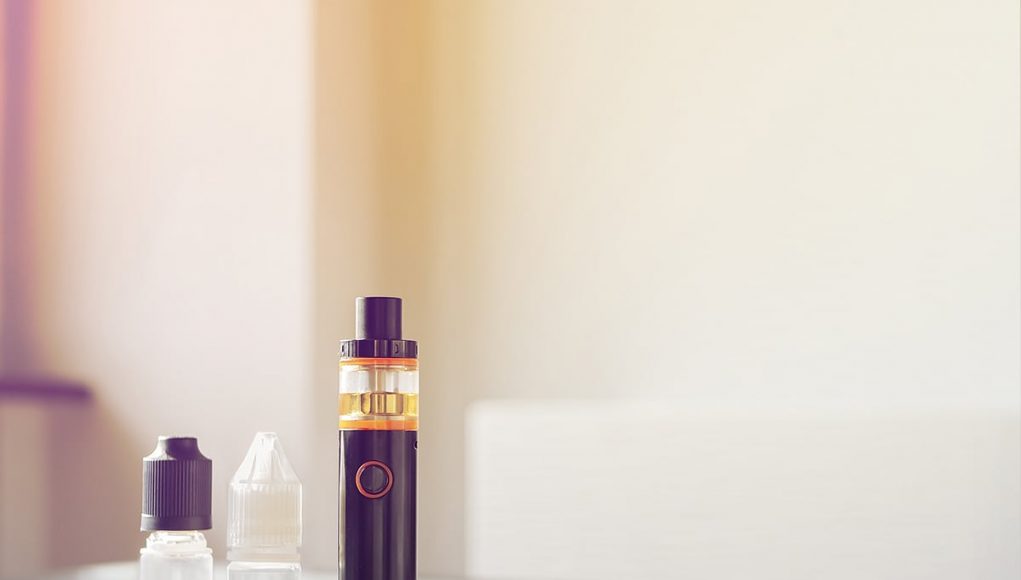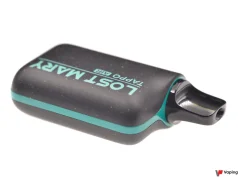To this effect as of October 1st, vapers in Australia are only able to purchase vaping products from pharmacies via prescription. While retailers in neighbouring New Zealand and most other countries are able to responsibly sell nicotine products over the counter, anyone caught violating Australia’s harsh regulations will face steep fines, and in some cases even imprisonment.
Many tobacco harm reduction experts have highlighted that as a result of this ban many vapers would either switch back to smoking or resort to obtaining their preferred products illicitly. “At present, only a very small number of people vaping have a prescription as is required. Most nicotine supplies are imported without a prescription or purchased from the black market. If compliance with the new arrangements is poor, then some will return to smoking while others will purchase supplies from the black market. Neither are good outcomes,” read a recent article on The Sydney Morning Herald by renowned tobacco control experts Alex Woodak and Colin Mendelsohn.
And unsurprisingly reports of such actions are already circulating. The Therapeutic Goods Act (TGA) is warning consumers to be aware of counterfeit nicotine vaping products being advertised and sold online. Similarly, the Australian Medical Association (AMA) has raised concerns about young people still being able to purchase disposable vapes illegally.
Australia is not making progress in decreasing smoking rates
In a recent interview on ABC, Wodak explained how Australia is adopting the wrong approach towards nicotine safer alternatives, leading it to fall behind other countries with regards to smoking rates, rather than making progress. Comparing it to Norway as an example, the expert said that while the two countries have similar tough tobacco regulations, Norway has been successful at decreasing smoking rates, while Australia has not.
The two countries have both banned smoking in public places, together with any marketing of tobacco products. Both countries have introduced plain packaging requirements for tobacco products, if anything Australia introduced it first, in 2012 with Norway following suit in 2018.
However, while both countries have witnessed significant drops in smoking rates between 2001 and 2018, the percentage of daily smokers in Australia has decreased from 22% to 14%, while Norway’s rates which at 30% were higher at baseline, have dropped to 12%. The driving factor behind Norway’s success? The endorsement of snus as a safer nicotine alternative, while in Australia, snus and other forms of smokeless oral tobacco remain illegal.
Hong Kong Cautioned to Rethink Vape Ban Given Lack of Success in Australia












